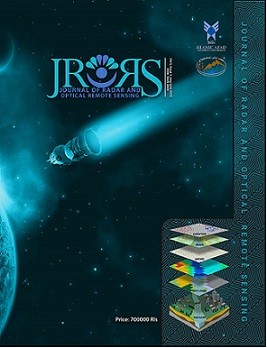-
-
List of Articles
-
Open Access Article
1 - Introduction
-
Open Access Article
2 - The Analysis and Ranking of Spatial Distribution of Waste Landfill Potential, Using AHP Model and TOPSIS Technique (Case Study: Rasht)
Ameneh Rezaei Farajabad Mahdi Zarrini -
Open Access Article
3 - License Plate Detection and Recognition based on Neural Networks in Complex Environments
.N. . Ameena Bibi Purru Supriya -
Open Access Article
4 - Evaluation of Local Climate Zone Model in Monitoring Land Use Changes with Emphasis on Physical Growth (Study Area: Tehran)
Seyed aghil Ebrahimi Seyed Ali Almodaresi Farhad Hamzeh -
Open Access Article
5 - Monitoring and Analysis of Land Use Changes Using Satellite Images and Remote Sensing (Case Study: Sabzevar City)
Amin Mohammadi Dehcheshmeh Razieh Mirfazlullah
-
The rights to this website are owned by the Raimag Press Management System.
Copyright © 2021-2025







